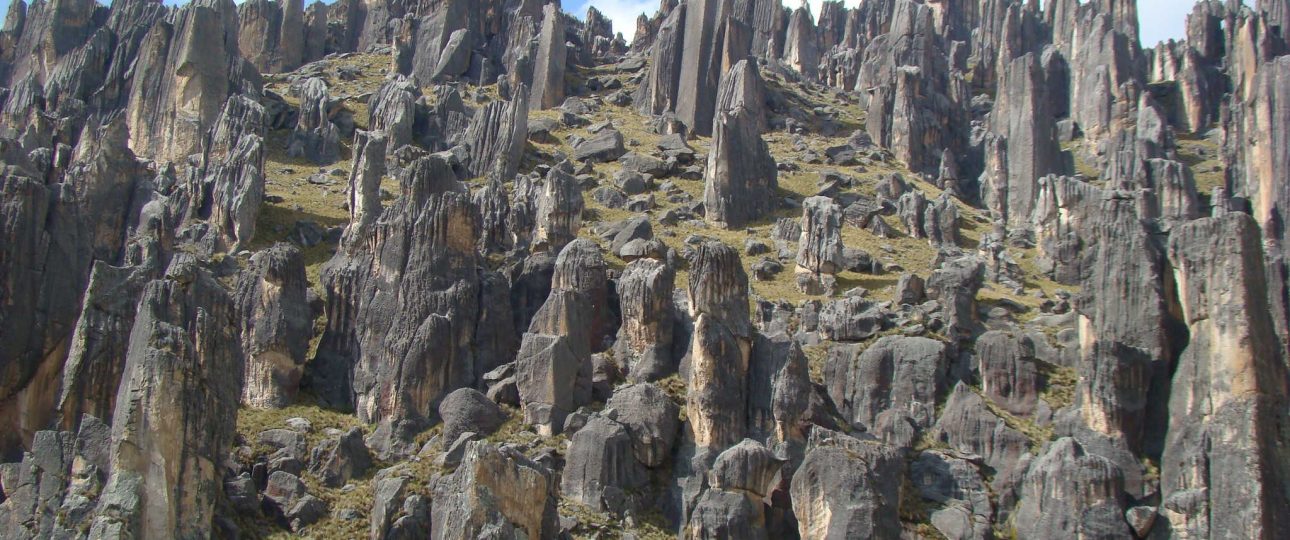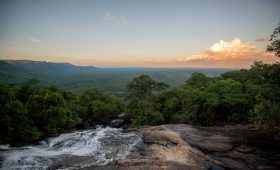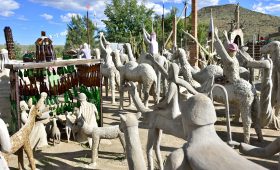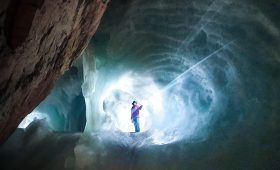About Huayllay National Sanctuary
Huayllay National Sanctuary, located in Peru’s Pasco region, is a remarkable destination for those interested in geology and biodiversity. This protected area is part of Peru’s National System of Natural Areas Protected by the State (SINANPE), which aims to conserve the country’s natural and cultural heritage. The sanctuary is renowned for its dramatic rock formations and diverse ecosystems.
Exploring the Natural Wonders
The sanctuary’s rock formations are its main draw. These geological structures have been sculpted over millions of years by natural forces, creating a landscape that is both unique and visually striking. The “Stone Forest” is a highlight, featuring towering rocks that resemble a petrified forest. This area is a paradise for photographers and those with a keen interest in geology.
Wildlife and Flora
Huayllay is not just about rocks. The sanctuary supports a variety of wildlife, including the majestic Andean condor, which is one of the largest flying birds in the world. You might also encounter vicuñas, relatives of llamas, grazing in the grasslands. The plant life is equally fascinating, with species like the Puya raimondii, the world’s largest bromeliad, which can grow up to 30 feet tall.
Getting There
Reaching Huayllay National Sanctuary requires some planning. It’s about 200 miles east of Lima, with Cerro de Pasco being the nearest major city. You can travel to Cerro de Pasco by bus or car. From there, it’s a two-hour drive to the sanctuary. Consider hiring a local guide or joining an organized tour for a more convenient experience.
Best Time to Visit
The ideal time to visit is during the dry season, from May to September. During these months, the weather is generally clear and comfortable for outdoor activities. However, be prepared for cold nights, especially if you plan to camp or stay overnight.
Local Transportation
Once at the sanctuary, walking is the best way to explore. There are several hiking trails that offer immersive experiences in the area’s natural beauty. Wear sturdy shoes and bring water and snacks. If hiking isn’t your preference, guided tours are available, providing transportation and insights into the sanctuary’s history and ecology.
Summary of Facts
- Located in the Pasco region of Peru.
- Part of Peru’s National System of Natural Areas Protected by the State.
- Known for its unique rock formations, including the “Stone Forest.”
- Home to wildlife such as the Andean condor and vicuñas.
- Features the Puya raimondii, the world’s largest bromeliad.
- Closest major city is Cerro de Pasco.
- Best visited during the dry season (May to September).
- Exploration is primarily on foot, with guided tours available.




